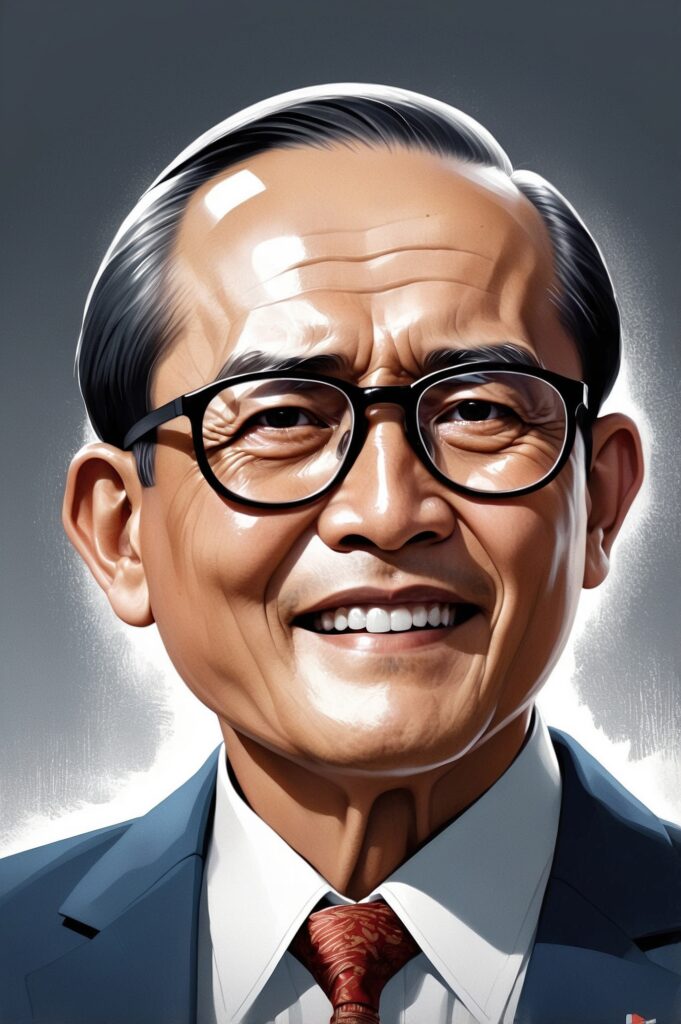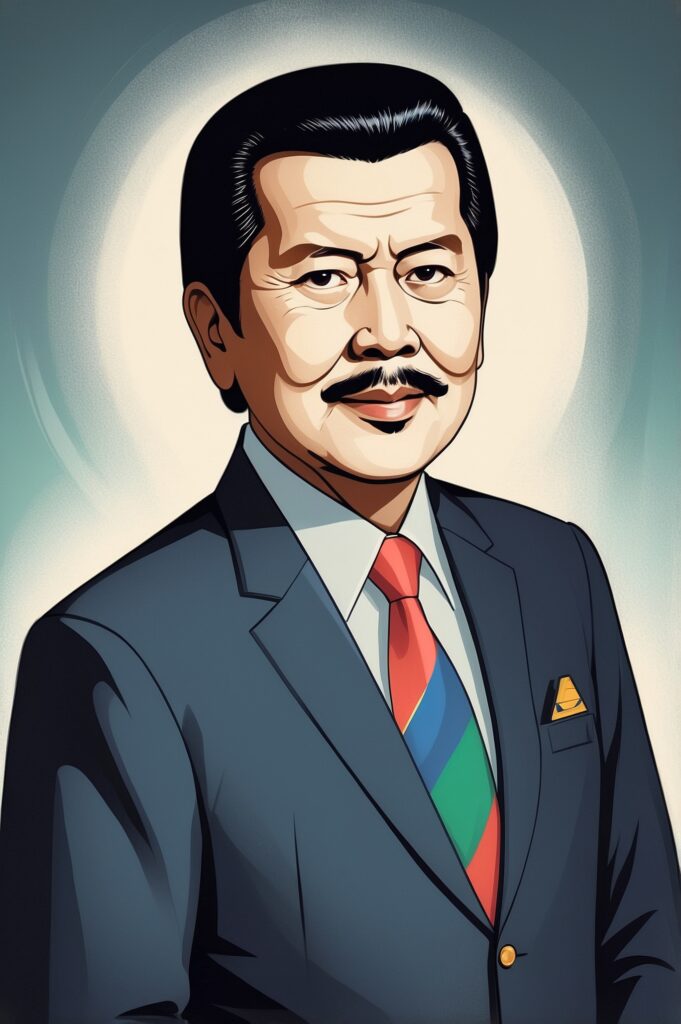Fidel V. Ramos, affectionately known as “FVR,” was no ordinary president. With a military background and a knack for strategic leadership, he became the 12th president of the Philippines from 1992 to 1998. His tenure marked an era of economic growth and modernization that left a lasting impact on the country. But how exactly did this former general steer the Philippines toward prosperity? Let’s dive in and explore his visionary leadership, peppered with a little humor and plenty of fascinating insights.
FVR: The Man with a Plan
Before diving into his contributions, let’s take a moment to appreciate FVR’s larger-than-life persona. Picture this: a leader who not only survived coup attempts as a military officer but also smiled his way through political challenges as president. Ramos was known for his trademark thumbs-up gesture, which became a symbol of hope and optimism for Filipinos. He didn’t just lead; he inspired.
Economic Reforms: The Ramos Magic
Under FVR, the Philippines experienced what many call the “Ramos Economic Boom.” His administration’s economic reforms were ambitious and groundbreaking. Here’s how he did it:
Liberalization and Deregulation
- Telecommunications: Ramos ended the monopoly of telecom companies, making phone services accessible to more Filipinos. Suddenly, pagers and mobile phones weren’t just for the rich!
- Energy Sector: He addressed the crippling power crisis of the early 1990s by privatizing the energy sector. Rolling blackouts became a thing of the past, and electricity became more reliable—a feat worth celebrating.
- Banking and Trade: By opening up banking and trade, Ramos attracted foreign investments and boosted competition, fostering a healthier economy.
Infrastructure Development
FVR was the king of infrastructure before it became trendy. From roads to bridges, he believed in “build, build, build” before it became a buzzword. Projects like the Subic-Clark-Tarlac Expressway (SCTEx) laid the groundwork for smoother transportation and logistics.
The Ramos Scorecard: Economic Indicators
| Indicator | 1992 (Start of Term) | 1998 (End of Term) |
|---|---|---|
| GDP Growth Rate | 0.3% | 5.2% |
| Foreign Direct Investment (FDI) | $228 million | $1.3 billion |
| Inflation Rate | 8.9% | 4.4% |
| Power Supply Reliability | Rolling Blackouts | Stable Supply |
| Source: National Economic and Development Authority (NEDA), World Bank |
Modernization: Bridging the Past and the Future
Education and Human Capital
FVR emphasized the importance of education and skills development. He initiated programs to improve literacy rates and technical skills, ensuring the Filipino workforce was ready for the global stage.
Information Technology
In the 1990s, Ramos foresaw the rise of IT. His administration pushed for the modernization of technology in government and business. The result? The early seeds of what would eventually become the thriving IT-BPO industry in the Philippines.
Tourism Boom
Ramos also knew that the Philippines had something special to offer—pristine beaches, friendly people, and a vibrant culture. He launched campaigns to promote tourism, leading to a significant increase in tourist arrivals. Who doesn’t love Boracay, right?
| Year | Tourist Arrivals |
|---|---|
| 1992 | 1.2 million |
| 1998 | 2.2 million |
| Source: Department of Tourism |
Ramos’ Leadership Style: A Lesson in Unity
Coalition-Building
One of Ramos’ most notable traits was his ability to build coalitions. He famously said, “We cannot move forward if we are divided.” By working with political opponents and various sectors, he fostered a spirit of unity that helped pass critical reforms.
Decentralization and Local Governance
FVR empowered local government units (LGUs), ensuring that development wasn’t just concentrated in Metro Manila. This decentralized approach allowed rural areas to flourish.
The Challenges: Not All Thumbs-Up Moments
No presidency is without its challenges, and Ramos faced his share. The 1997 Asian Financial Crisis tested his economic policies. While the Philippines wasn’t hit as hard as its neighbors, the crisis slowed down some of the progress. Still, FVR’s groundwork ensured a quicker recovery.
Fidel V. Ramos’ Legacy: More Than Just Numbers
Ramos’ contributions extended beyond economic data. He left a legacy of hope, resilience, and progress. His focus on modernization, liberalization, and unity laid the foundation for a more competitive Philippines. Today, many of the policies and reforms he introduced continue to benefit the country.
Fun Facts About FVR
- He was a fitness enthusiast, known for his daily jogs and calisthenics even in his 60s. Talk about #fitspiration!
- Ramos loved playing golf, often using the sport as a venue for diplomacy.
- He authored several books on leadership and governance, sharing his wisdom with future generations.
Conclusion: Ramos and the Philippines’ Bright Future
Fidel V. Ramos wasn’t just a president; he was a visionary leader who steered the Philippines toward growth and modernization. His policies and leadership style serve as a beacon of what’s possible when unity, hard work, and innovation come together. As we look back on his legacy, let’s give him a big thumbs-up—just as he would have done for us.
Disclaimer
This article is based on historical data and publicly available sources. While every effort has been made to ensure accuracy, please report any inaccuracies so we can correct them promptly.




